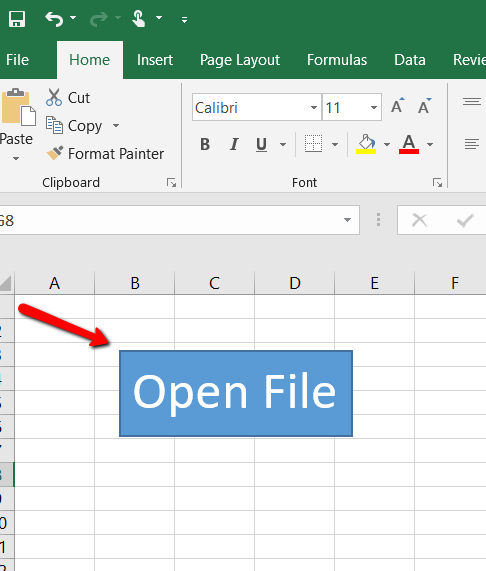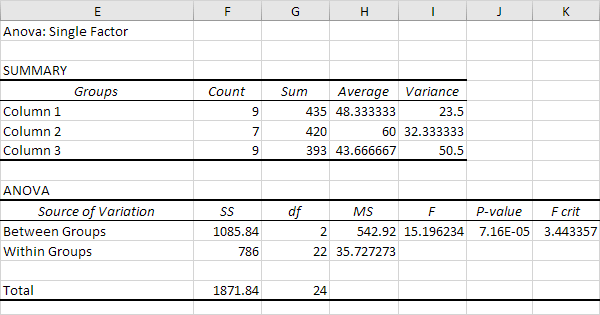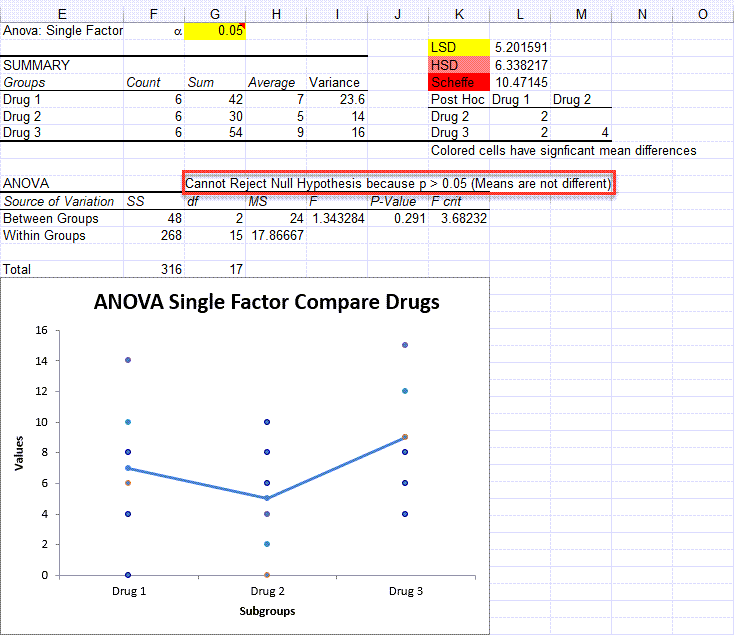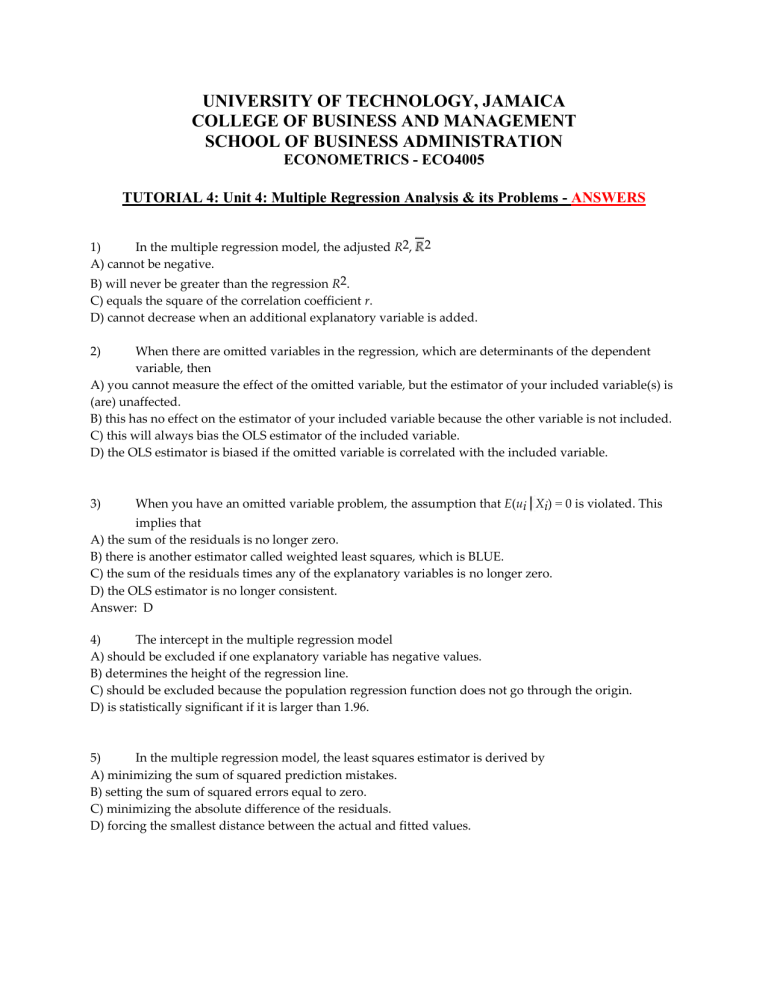


Note that the independent variable is SEX, and the dependent variable is HDL. Step 3: Conduct a between-subjects ANOVA to determine if there is a difference between sex (males vs. Note that the independent variable is GROUP, and the dependent variable is CHNG_CHOL. Step 2: Conduct an independent samples t-test to determine if there is a difference between Group 1 (medication) and Group 2 (placebo) in terms of changes in cholesterol values. Step 1: Import the Microsoft Excel data file into SPSS or use the correct saved SPSS data file as noted in the instructions above. GLYHB Glycosylated hemoglobin at posttest The codebook for the data provided is as follows:ĬHNG_CHOL change in cholesterol from pretest to posttest


The posttest data for each participant are provided in the Module 4 Application Assignment Data Set Excel file and can be found in the Module 6 Learning Resources. After the 6 months, chol, HDL, and glyhb are again measured. Assuring equal distribution of males and females, the participants are randomly assigned to one of two conditions (or groups): Following pretest measures of serum cholesterol (chol), high-density lipoprotein cholesterol (HDL), and glycosylated hemoglobin (glyhb), the experimental group (Group 1) is given the medication for a period of 6 months while the control group (Group 2) is given a placebo. The researcher randomly selects a sample of 40 (20 male and 20 female) participants who have been diagnosed with high cholesterol. Submit this Application Assignment by Day 7 of Week 11.Ī researcher is interested in the effect of a new medication on serum cholesterol, HDL cholesterol, and glycosylated hemoglobin of adults. Type your answers to all questions directly into the worksheet, and paste the required output at the end of this document. Import the data into SPSS or, if you correctly saved the data file from the Module 4 and 5 Assignments, you may open and use that saved file to complete this Assignment. Do not use 3-D effects.Module 6 Application Assignment Worksheetįor this assignment, you perform a two-sample independent t-test, an ANOVA, and a correlation analysis related to the data set that has been utilized in the previous two modules. Remember: With the histogram there are no gaps between columns. The scale of the second Y-Axis must not exceed 100%. The second Y-Axis on the right shows the cumulative relative frequencies. The left Y-Axis shows the cumulate relative frequencies. Draw a histogram, frequency polygon, and cumulative frequency polygon (ogive) using Microsoft Excel. What do the Frequency Distributions tell us? E. Construct a frequency distribution, relative frequency distribution, a cumulative frequency distribution, and a cumulative relative frequency distribution. What class interval would you suggest? H-L i> k C. How many classes would you recommend? Use the 2 to the k rule. Transcribed image text: Assignment 2: Module 4, 5, 6, & 7 Your Name: Your Section of BU203: Exercise 1: Data for a sample of checks from the Metro Diner from this past week can be found in the Excel worksheet titled Exercise 1 and is shown below: $57 $99 $59 $58 $77 $55 $85 $74 $71 $60 $85 $62 $70 $77 $91 $71 $66 $66 $67 $77 $94 $68 $97 $85 $99 $78 $73 $73 $74 $85 $55 $99 $57 $56 $75 $53 $50 $72 $69 $103 Model your answers on the examples shown in Clear-Sighted Statistics.


 0 kommentar(er)
0 kommentar(er)
